There are several main methods for cooling charcoal, including:
Natural cooling: Leave the carbonized charcoal in the carbonization equipment and let it cool naturally to room temperature. This method is simple and easy to implement, without the need for additional equipment and energy, but the cooling rate is slow, which may affect production efficiency, and during the cooling process, charcoal may absorb moisture from the air, affecting its performance.
Forced air cooling: By installing fans or ventilation systems on carbonization equipment, cold air is introduced into the equipment to accelerate the cooling of charcoal. This method has a faster cooling speed, can shorten the production cycle, and can better control the cooling environment, reducing the possibility of charcoal absorbing moisture. However, this requires a certain amount of energy consumption and may require multiple fans or complex ventilation layouts for large equipment.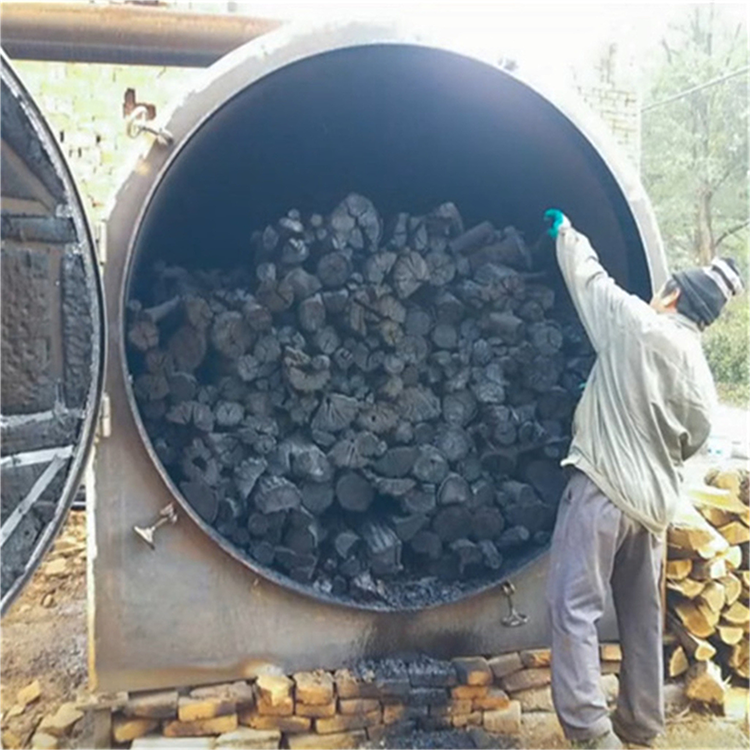
Water cooling:
Indirect water cooling: A water jacket is installed outside the carbonization equipment, allowing cooling water to circulate in the jacket and dissipate the heat from the charcoal inside the equipment through thermal conduction. This method avoids direct contact between charcoal and water, reducing the impact of moisture absorption and temperature fluctuations on charcoal properties.
Direct water cooling: Remove the carbonized charcoal and place it in a water tank or spray device, then cool it directly with cold water. This method has high cooling efficiency, but may cause problems such as cracking of charcoal due to rapid cooling. It is usually used as an auxiliary cooling method.
Vacuum cooling: Place the carbonized charcoal into a vacuum container, reduce the pressure inside the container by vacuuming, and evaporate the moisture in the charcoal at a lower temperature, thereby taking away heat and achieving cooling. This method has a fast cooling speed and the charcoal is not easily oxidized in a vacuum environment, which can better maintain the performance after carbonization. However, vacuum cooling equipment is expensive and has high operational requirements, usually used for charcoal cooling processes that require high cooling quality and small batch sizes.

 WeChat / WhatsApp
WeChat / WhatsApp
 Online messageIf you have any questions, please leave a message here to tell us, we will contact you in time!
Online messageIf you have any questions, please leave a message here to tell us, we will contact you in time! Products
Products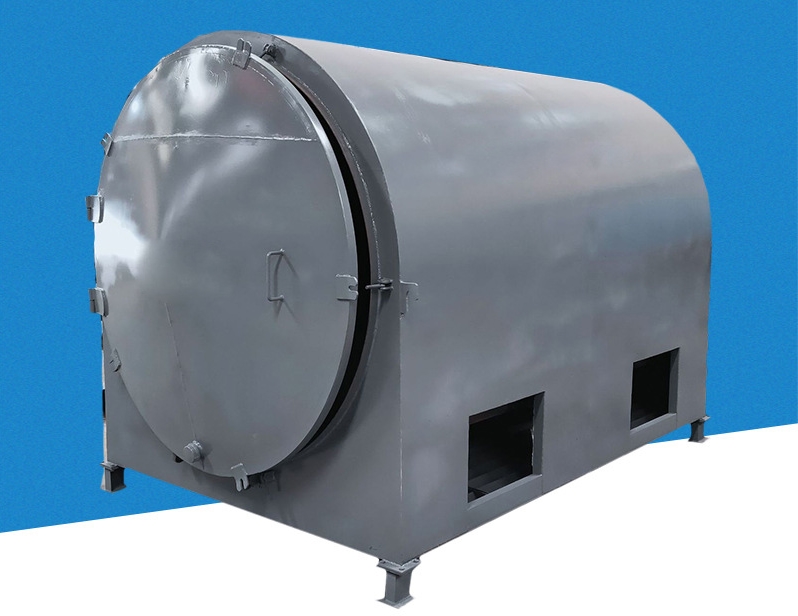
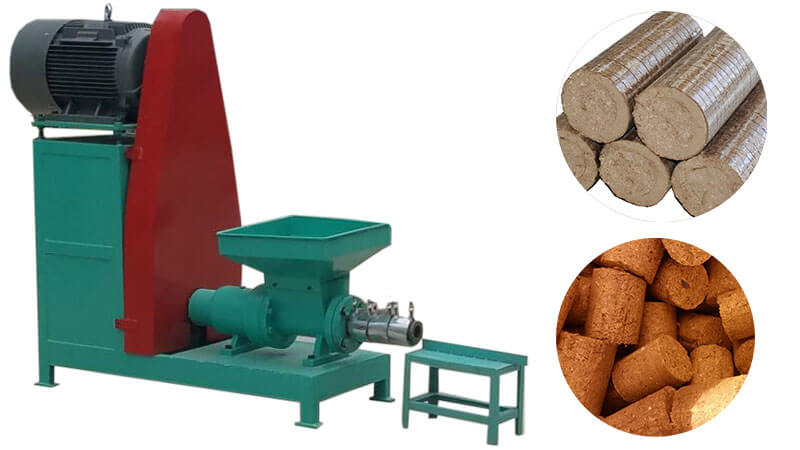
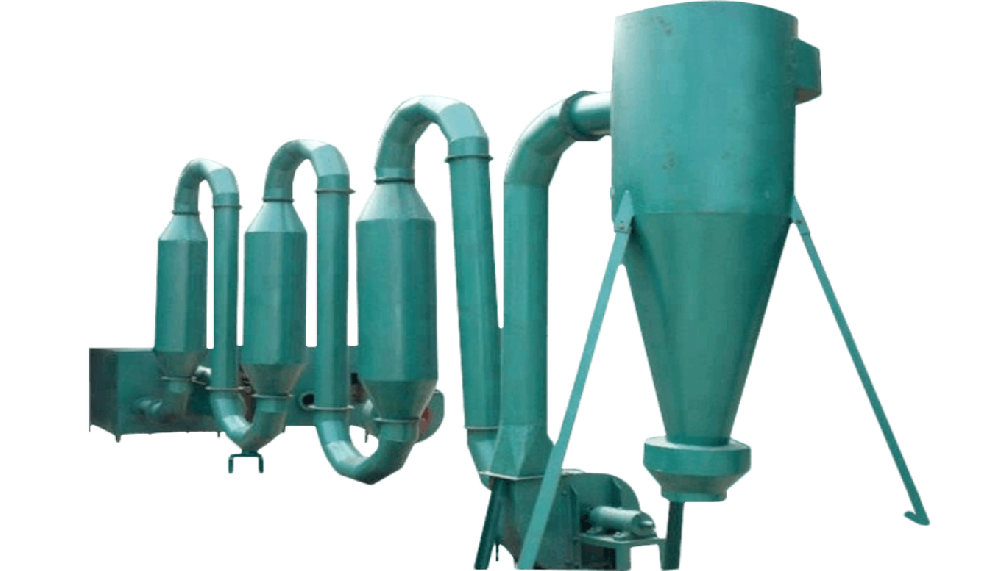
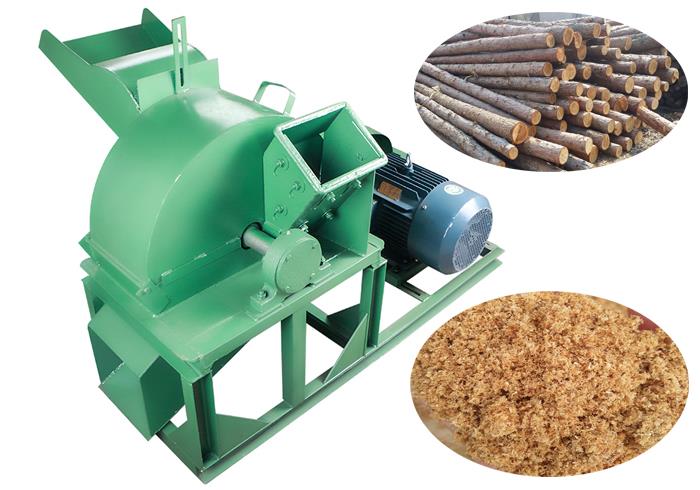
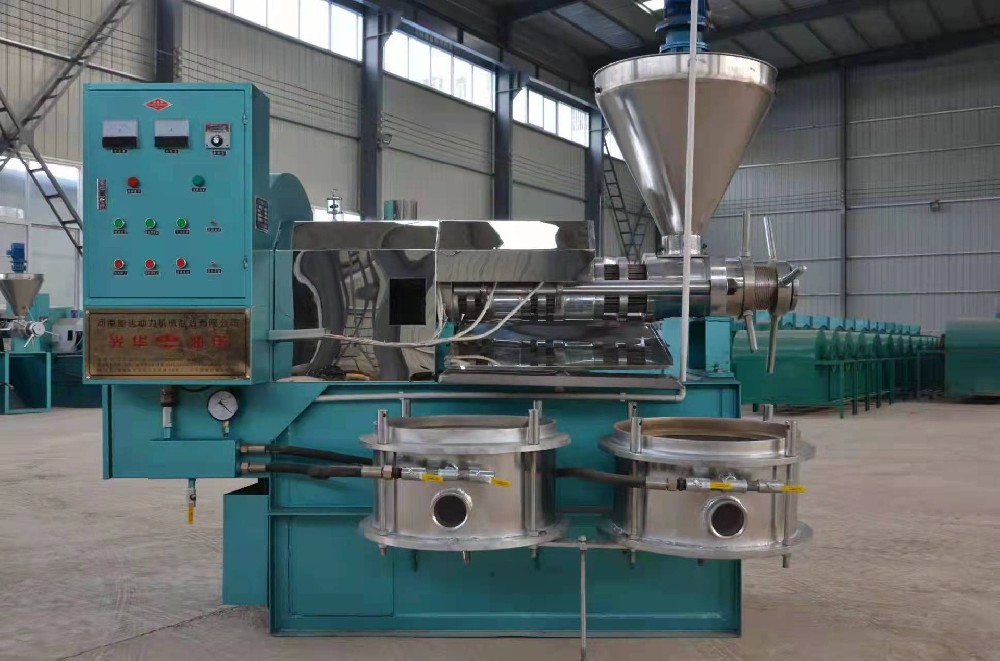





 Online service
Online service Telephone
Telephone Message
Message